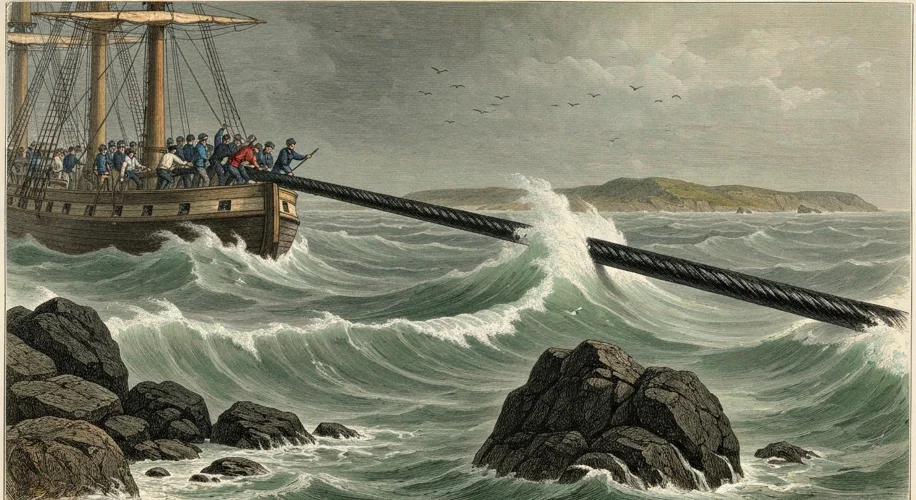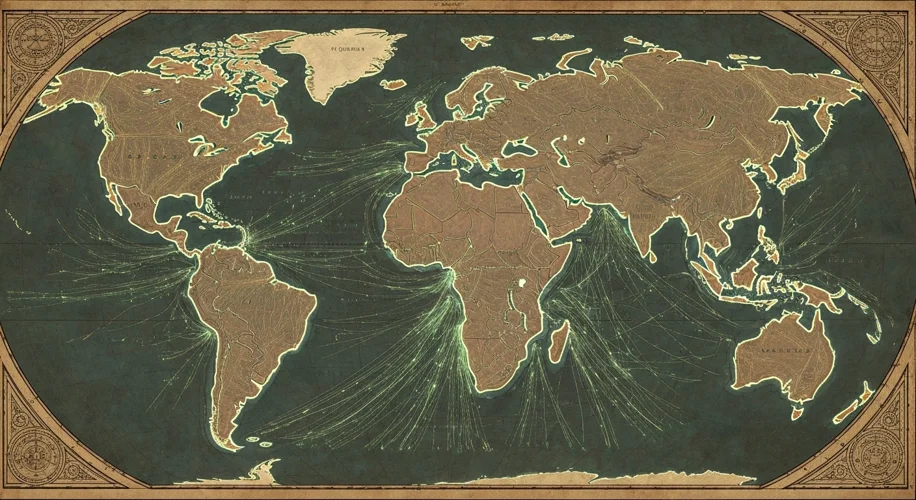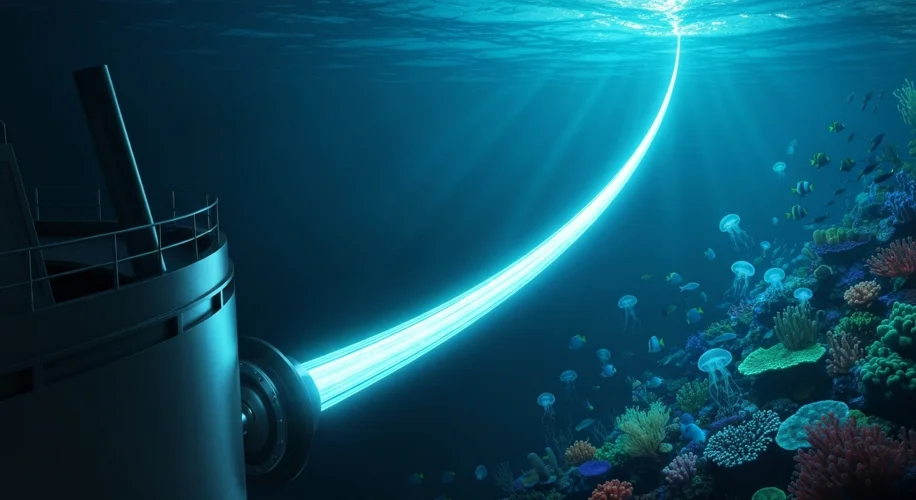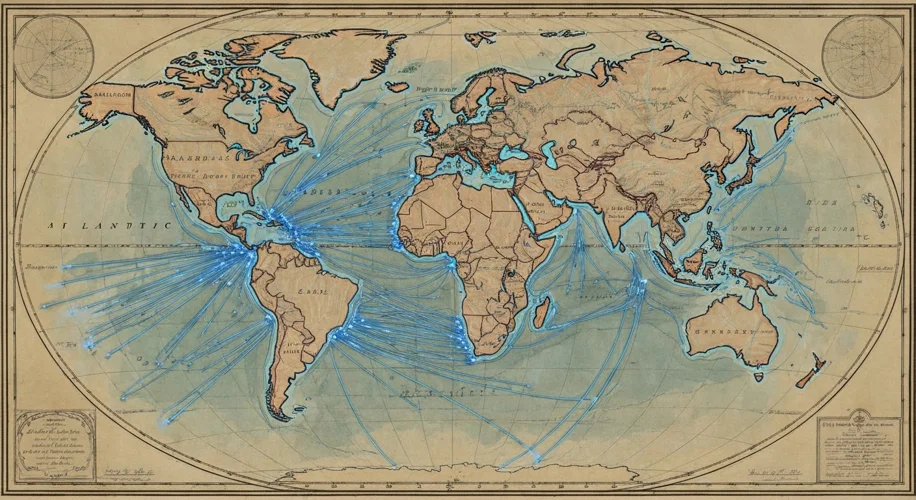In the annals of technological progress, some inventions are heralded with fanfare, their impact immediate and obvious. Others, however, work their magic in the silent depths, their significance often overlooked until we realize just how indispensable they are. Such is the case with undersea cables, the hidden circulatory system of our interconnected world.
Long before the blinking lights of satellites and the ethereal hum of Wi-Fi, humanity’s quest to bridge vast distances relied on the physical connection of wires. The story of undersea cables is a testament to human ingenuity, perseverance, and a relentless drive to shrink the globe. It’s a tale that stretches back to the mid-19th century, a time when communication across continents was a matter of weeks, or even months, for ordinary citizens. The telegraph, a marvel of its age, had conquered land, but the oceans remained formidable barriers.
Imagine the scene: London, 1850s. The burgeoning British Empire, with its far-flung colonies, desperately needed a faster way to communicate. News of wars, trade opportunities, and family matters traveled at the speed of steamships. The ambition was bold: to lay a telegraphic cable across the Atlantic Ocean, connecting the Old World with the New. This wasn’t just a technical challenge; it was an act of audacious faith.

The early attempts were fraught with peril. Cables snapped, ships were battered by storms, and the immense pressure of the ocean depths threatened to crush their fragile cargo. The first few attempts to lay a transatlantic cable in the 1850s were, to put it mildly, catastrophic. They either broke before reaching their destination or, in one particularly dramatic instance, the cable was laid, messages were sent, but then it mysteriously failed. The sheer scale of the undertaking was mind-boggling. How do you precisely lay thousands of miles of delicate wire across an uneven seabed, miles below the surface, without it breaking?
The key players in this drama were often larger-than-life figures. Entrepreneurs like Cyrus Field, an American businessman whose unwavering belief in the project kept it alive through numerous setbacks, and engineers like Lord Kelvin, whose scientific understanding of electricity and material science was crucial. The Royal Navy, with its vast resources and experience at sea, also played a pivotal role, providing ships and expertise.
The breakthrough finally came in 1866. After years of relentless effort and financial strain, the SS Great Eastern, a colossal steamship capable of carrying the immense length of cable required, successfully laid a functional transatlantic telegraph cable. The moment the connection was established, and the first clear message flashed across the ocean, was met with jubilation. It was a moment that truly shrunk the world, ushering in an era of near-instantaneous communication between continents. Queen Victoria sent the first official transatlantic telegram to U.S. President James Buchanan, a message that, while somewhat dry, symbolized a monumental leap forward.
From that initial triumph, the network of undersea cables rapidly expanded. The late 19th and early 20th centuries saw a frenzy of cable-laying activity. Cables crisscrossed the Atlantic, connecting Europe to North and South America. The Indian Ocean, the Pacific, and the Arctic were all spanned by these vital arteries of communication. By the early 1900s, a global network was beginning to take shape, allowing for the transmission of not just telegraph messages, but eventually, telephone calls and, much later, the vast streams of data that power the internet.

The impact of these silent cables was profound and far-reaching. Diplomatically, they allowed for faster and more direct communication between nations, influencing the course of international relations and even preventing wars through quicker de-escalation. Economically, they revolutionized trade, enabling real-time market information, stock transactions, and the coordination of global businesses. Culturally, they facilitated the exchange of ideas, news, and stories at an unprecedented pace, contributing to a more interconnected global consciousness.
Today, we live in an age where the internet is as essential as electricity. The vast majority of this digital traffic – an estimated 97% – still travels through these incredible feats of engineering: the undersea fiber-optic cables. While satellites play a role, they are relatively slow and have limited capacity compared to the high-bandwidth, low-latency performance of cables. These cables, many of them thicker than a human thumb and protected by layers of steel and concrete, lie on the ocean floor, silently transmitting the entirety of our digital lives – our emails, our video calls, our streaming services, our financial transactions.

The story of undersea cables is a powerful reminder that progress often happens out of sight. These

